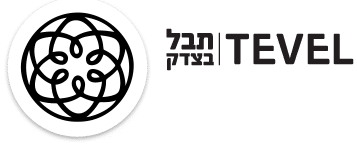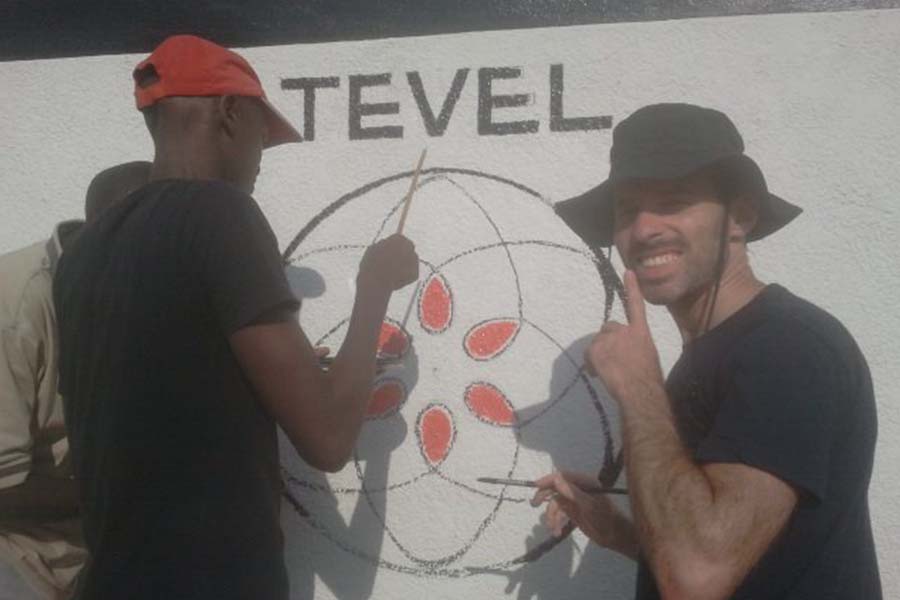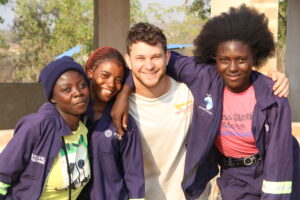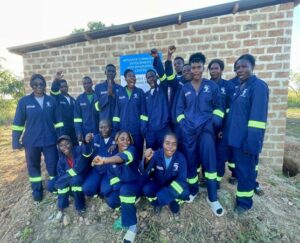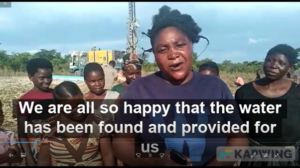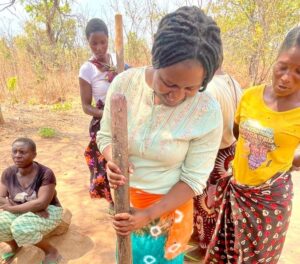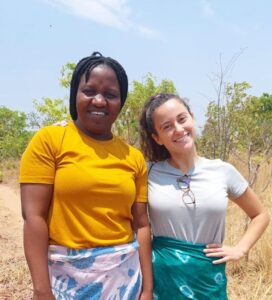by Itzik Meir, Tevel Fellowship in Burundi 2014-15
We are the first non-African people that most of the children in the villages where we work in Burundi have ever met.I recall one young brave child who shook my hand when we first met but then began trying to rub the white paint off my skin. This primacy of our interaction presents a significant opportunity to make an impact, but it is also a huge responsibility. We have to make a good impression, a positive impact on these people, so that we pave the way for the others who come after us from Tevel or other aid organizations. If we don’t do our jobs properly, these people will be disillusioned and won’t be open to working with foreign organizations in the future.
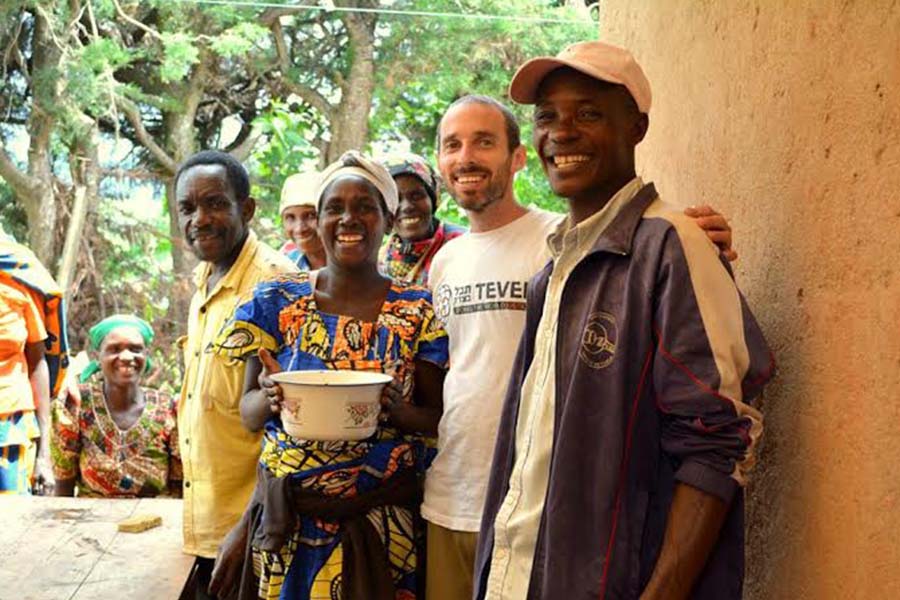
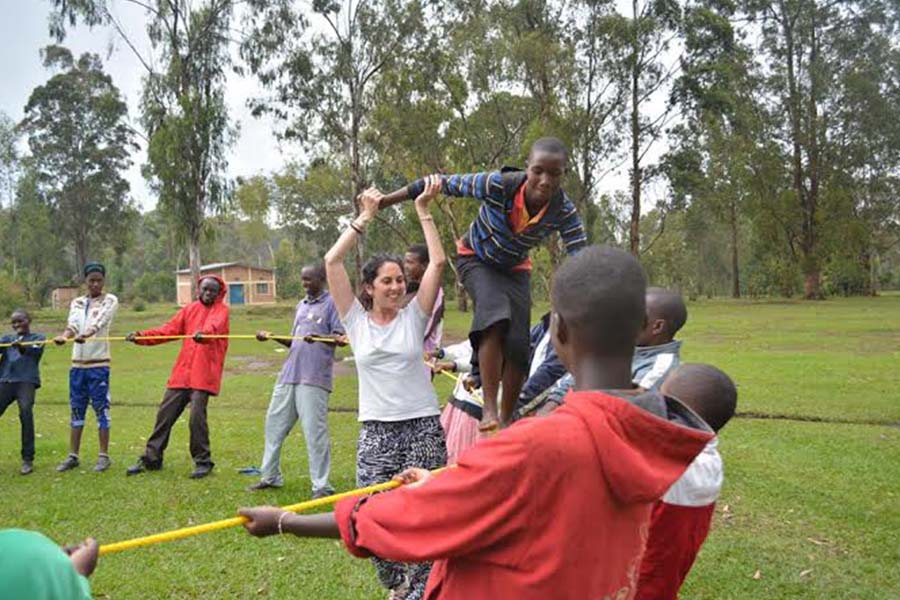
Tevel strives to create sustainability by strengthening communities from within. We actually live with the people we are trying to help. We spend a lot of time listening, getting to know them, understanding the issues that impact their lives, the problems they are dealing with. Only then do we work with them to solve those problems. It’s a process, a deep one that creates many bonds. We become active members of the community and hope to gain their trust and create lasting change.
In the past other organizations have come for a short time, done a project, and then left. This type of aid, while at times helpful, often leaves communities without the proper knowledge to utilize the help given to them, or with any way to implement their own ideas.
Other organizations have come and ‘solved’ a problem that never really existed, or wasn’t a priority of the community since it fits their organizational agenda. The community is left without help where they truly need it. An example of this happened a few years back. An organization came to the area with a program to stop the spread of malaria. They passed out mosquito netting to the locals without explaining sufficiently what it was for. To this day, many of the community members use those nets for fishing. Another organization came and spent a lot of money building a school. They did not however, spend any money on teacher training, finding new teachers to teach at the school, or helping to pay for the upkeep of the building itself. So, after a short amount of time, the building succumbed to misuse and ruin. There are plenty of examples such as these. There are a lot good intentions that lead to meager results.
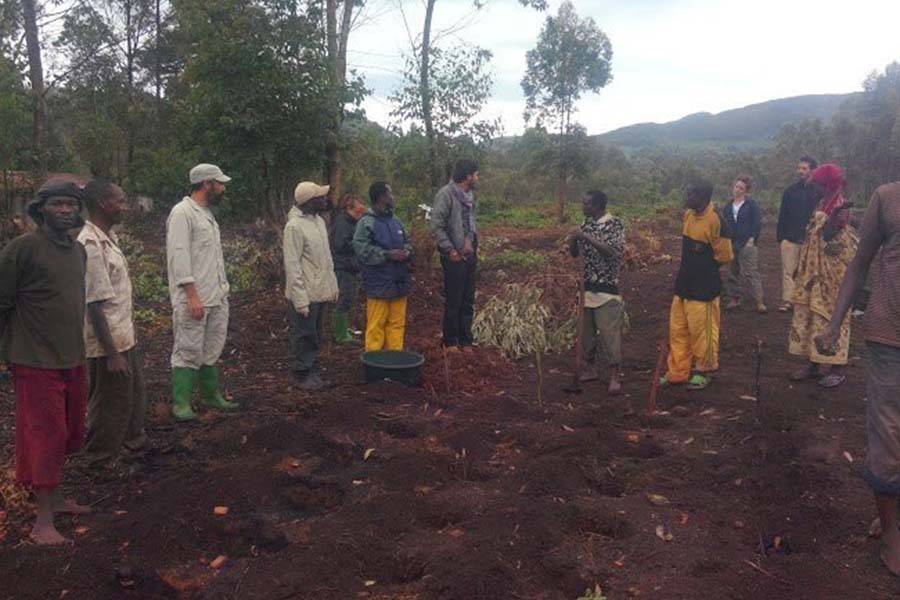
Tevel has learned from such stories that you can’t just hand out money or “things”. You must listen and learn from the community to know what their main needs are and create community buy-in that can support future intervention. Only then can you help them tackle the problems. This way, even after the volunteers and organizational aid is gone, the solutions will become sustainable. Sustainability is key.
